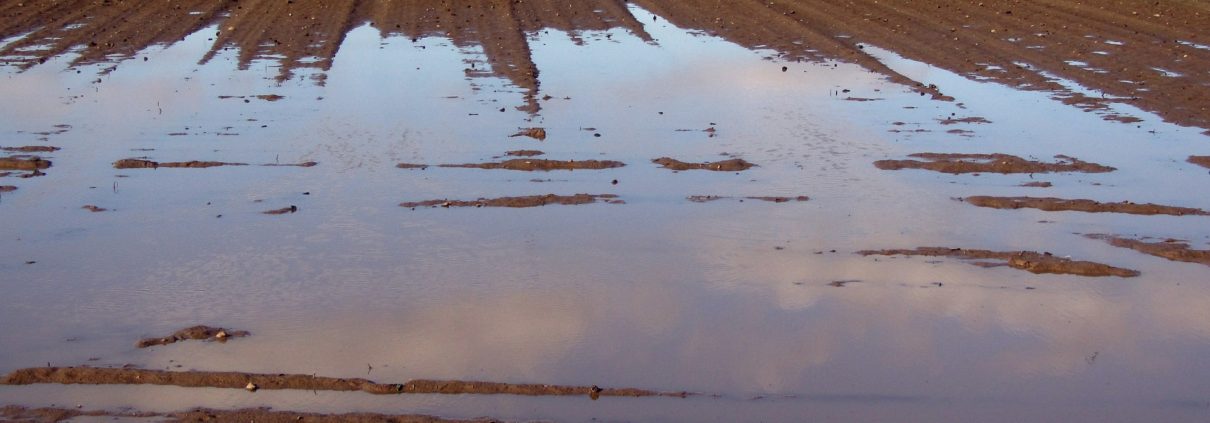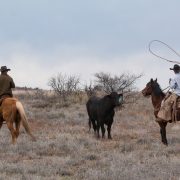Thoughts on Flood Recovery for Farmers
With record floods receding all along the Missouri river valley, producers are facing a daunting clean up. With sand up to five feet deep deposited over thousands of acres of land, when it comes to flood recovery, how do you clean it all up?
Before we discuss how to clean it up, you may be asking “Why do I need to worry?” After the 1993 floods, many producers attempted to just plant in their field as they always had. Some areas didn’t produce, and most that did dropped from 75 bushels per acre to about 15 bushels. No one was happy about that and we started looking for ways to get our fertility back.
Federal disaster grants are available to help with cost, but they are capped at 75% of the fair market value of the land before the flood.
First, you must remember that the U.S. Army Corps of Engineers prohibits dumping it back into the river channel. They consider it contaminated, preventing its introduction back into the river. For areas with less than a foot of sand deposits, deep disking is usually the most cost-effective way of dealing with it. This will turn up some organic material for our soil.
Now. to address areas with sand from one to ten feet we turn to a track hoe. With a 180-degree swing, and bucket widths up to 5 feet wide, you can reach down and get the good black dirt. Once you start, a large machine can turn over nearly an acre per day.
This works out to about $2,500 per acre for the rehab cost but, at 70 bushel beans vs 15 bushels per acre, it seems like the only approach that works. If the land is now only worth $2,000 per acre, but you bought it for $5,000 per acre years back, it must be productive enough to cover the loan. So, we continue to rehab section by section to restore the value to this once fertile delta.
 About the Author: Tim Hadley, ALC, is an agent with Keller Williams Realty in Gladstone, MO. He joined the REALTORS® Land Institute in 2017, serving on the 2019 Future Leaders Committee.
About the Author: Tim Hadley, ALC, is an agent with Keller Williams Realty in Gladstone, MO. He joined the REALTORS® Land Institute in 2017, serving on the 2019 Future Leaders Committee.













Leave a Reply
Want to join the discussion?Feel free to contribute!